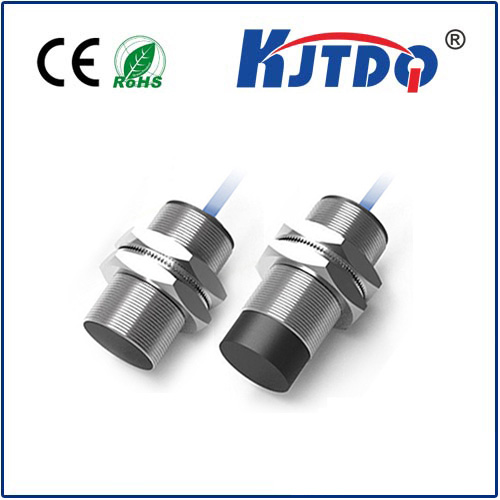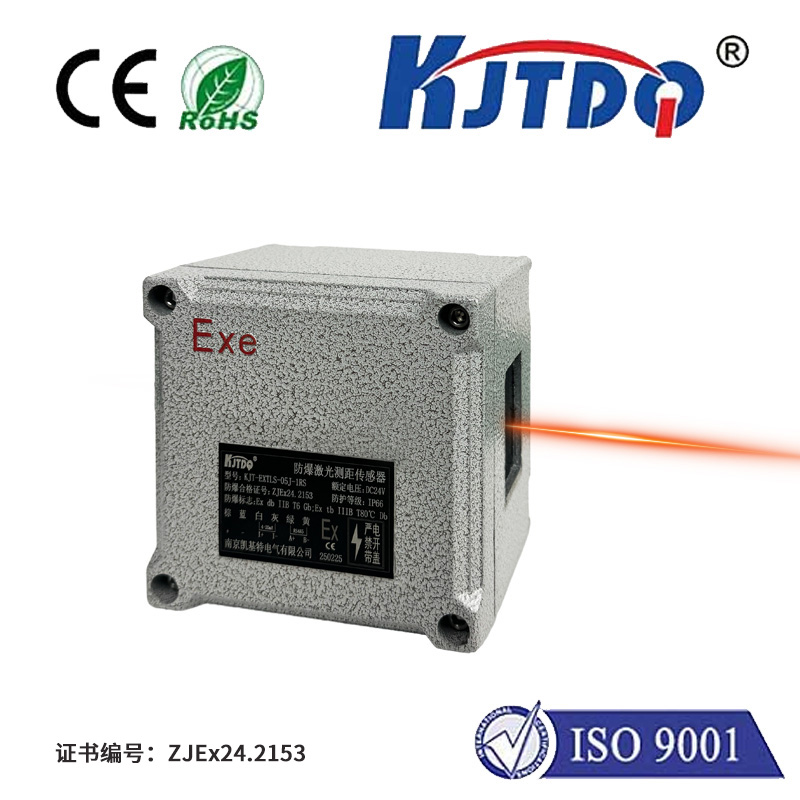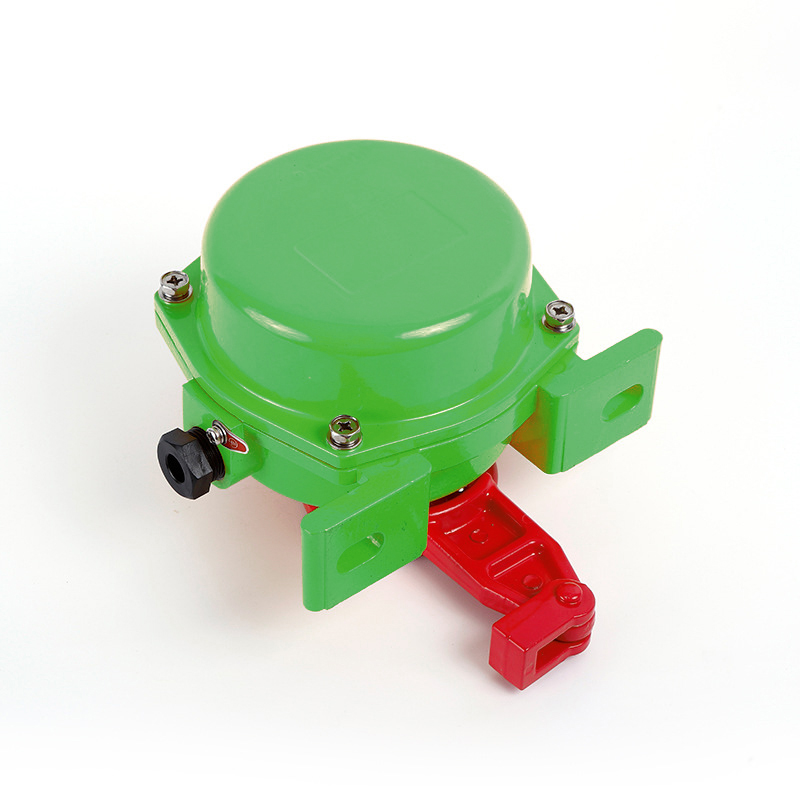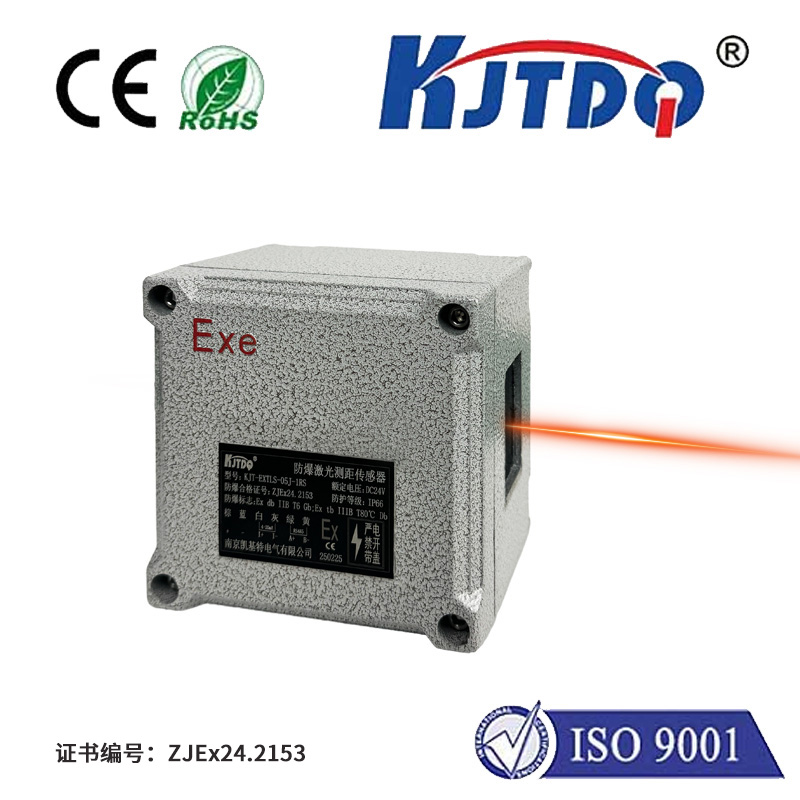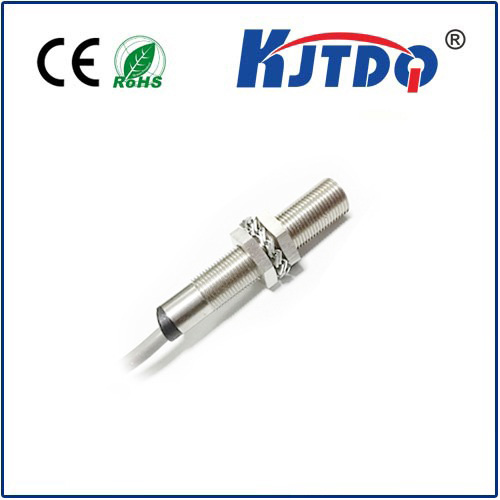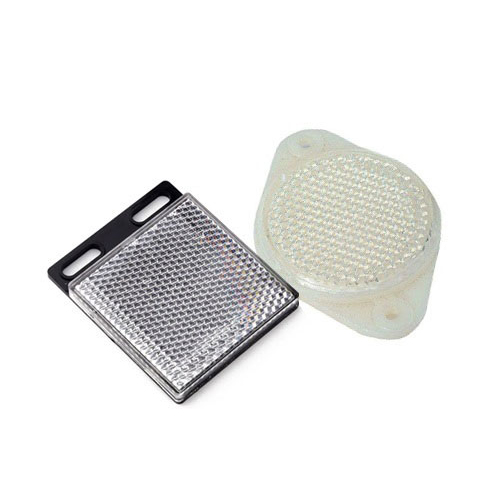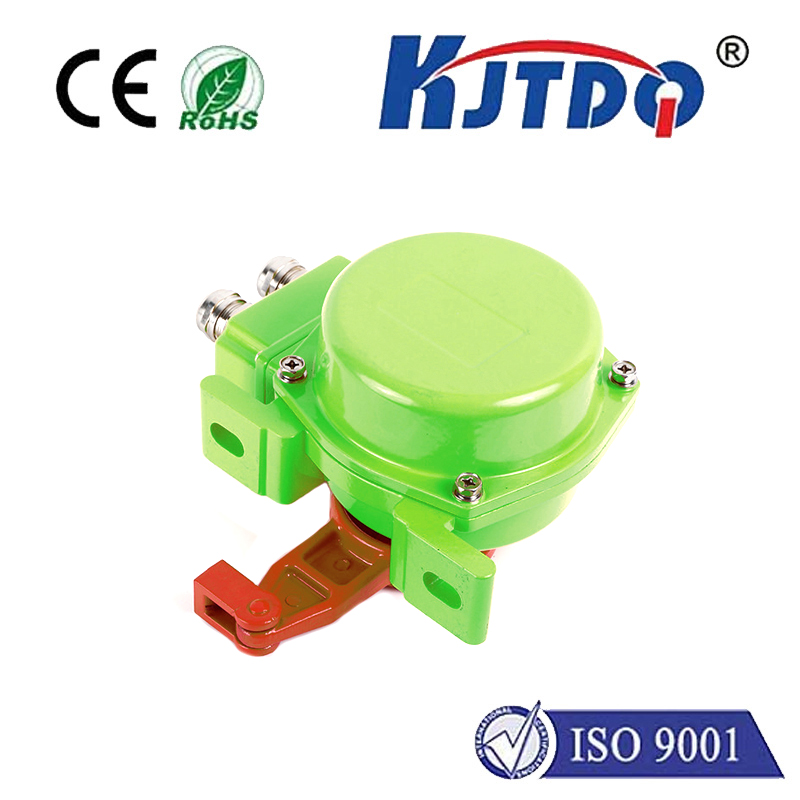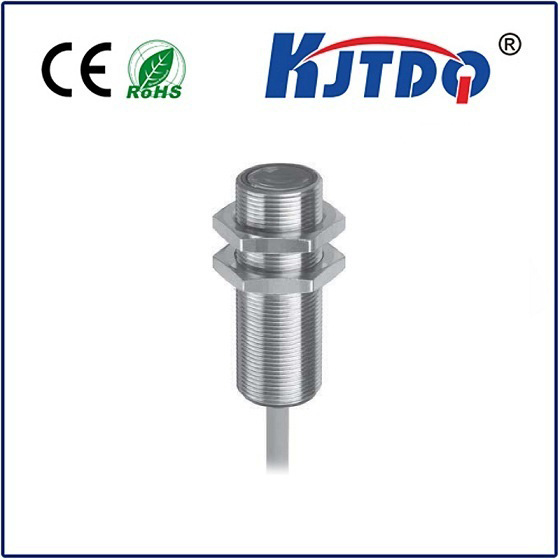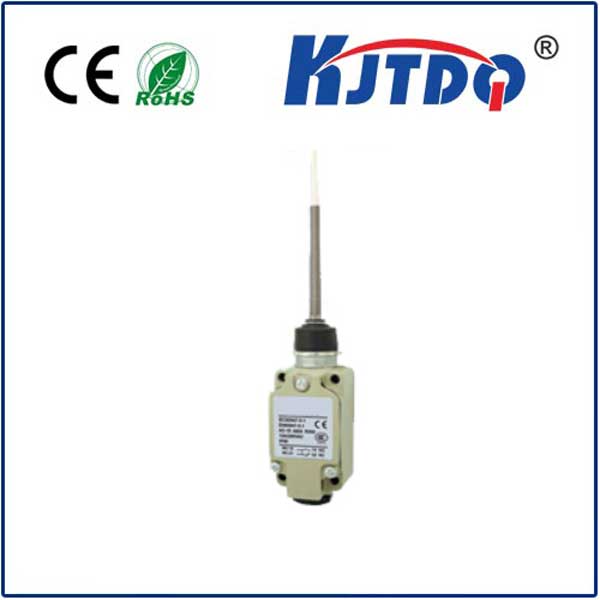cylindrical photoelectric sensor
- time:2025-07-23 15:37:32
- Click:0
The Essential Guide to Cylindrical Photoelectric Sensors: How They Work & Where They Excel
In the intricate symphony of modern automation, countless unseen components play vital roles. Among the most versatile and widely deployed are cylindrical photoelectric sensors. These industrious workhorses act as the “eyes” of countless machines, performing critical object detection tasks reliably and efficiently. But what exactly are they, how do they function, and why has the cylindrical housing become such a dominant form factor? This guide dives deep into the world of these essential sensing devices.
Seeing the Light: The Core Principle
At their heart, all photoelectric sensors operate on a simple yet powerful principle: they use light to detect the presence, absence, or distance of an object. A cylindrical photoelectric sensor integrates this technology into a robust, typically metal, cylinder-shaped housing. Inside this compact form reside two key components (or sometimes one, depending on the type):
- Emitter: Produces a beam of light, often infrared, visible red, or laser, although other wavelengths exist for specific applications.
- Receiver: Detects changes in the emitted light beam caused by the presence or absence of a target object.
The detection occurs based on how the target interacts with this light beam. There are three primary modes of operation common to cylindrical sensors:

- Through-Beam (Opposed Mode): The emitter and receiver are housed in separate cylindrical units, facing each other. Detection occurs when an object interrupts the beam traveling directly from the emitter to the receiver. This offers the longest sensing ranges and highest reliability but requires mounting two units.
- Retroreflective: Both emitter and receiver are contained within a single cylindrical housing. The sensor emits light towards a specialized reflector (corner cube reflector), which bounces the beam directly back. An object is detected when it breaks this return beam. This provides good sensing range with easier alignment than separate through-beam units, as only the sensor and reflector need positioning.
- Diffuse (Proximity Mode): The emitter and receiver are co-located in one cylindrical unit. The sensor detects the target based on the light reflected diffusely off the target’s surface back towards the receiver. Sensing range is typically shorter than through-beam or retroreflective modes and depends heavily on the target’s color, texture, and reflectivity. However, it only requires mounting the single sensor unit, offering simpler installation.
Why Cylindrical? The Advantages of the Form Factor
The prevalence of the cylindrical design in photoelectric sensors isn’t accidental; it offers significant practical benefits, particularly in demanding industrial automation environments:
- Robustness and Durability: The cylindrical metal housing (often stainless steel or brass) provides excellent mechanical protection against impacts, vibration, and crushing forces commonly found on factory floors. This makes them ideal for harsh industrial environments.
- Environmental Sealing: Cylindrical sensors are renowned for their excellent IP ratings (Ingress Protection). They are frequently rated IP67 or IP69K, meaning they are highly resistant to dust, water jets, and even high-pressure washdowns. This crucial feature allows deployment in food processing, chemical plants, and outdoor applications.
- Easy Installation and Mounting: The cylindrical shape lends itself to straightforward mounting using standard mounting brackets (often barrel clamps or fixed brackets). They can be easily adjusted and secured in position. Many models also feature integrated mounting threads (e.g., M8, M12, M18, M30) directly on the housing, allowing direct screw-in installation into drilled holes or compatible fixtures, significantly simplifying installation.
- Standardization and Compatibility: The cylindrical form factor, with its standardized threading sizes, has become an industry norm. This ensures broad compatibility with existing machine designs, mounting fixtures, and protective accessories like mounting brackets and protective sleeves. Engineers appreciate this predictability and interchangeability.
- Effective Light Path Management: The tube-like structure naturally helps collimate the light beam (make it more parallel), improving directionality and reducing stray light interference, which enhances detection reliability. It also provides a defined space for incorporating LED indicators and alignment aids.
Where Cylindrical Photoelectric Sensors Shine: Key Applications
The combination of reliable object detection, ruggedness, and ease of use makes cylindrical photoelectric sensors indispensable across numerous sectors:
- Material Handling & Packaging: Detecting boxes on conveyors, monitoring fill levels in bottles/cans, verifying package sealing, counting items. (Through-beam and retroreflective excel here for reliable detection over gaps).
- Automotive Manufacturing: Verifying part presence on assembly lines, detecting robot end-effector position, checking door/window closure, part counting. (Robustness is critical in these environments).
- Food and Beverage Processing: Monitoring product flow on lines, detecting filled containers, ensuring cap presence, verifying label application (often requiring high IP ratings like IP69K for washdown areas). Diffuse sensors work well for close-range detection of variably reflective products.
- Pharmaceutical & Medical Devices: Ensuring vial/cap presence, counting pills or devices, verifying component placement in sterile environments. Precise detection and often specific material compatibility are key.
- Logistics and Warehousing: Detecting pallets, controlling gate operations, verifying parcel presence on sorting lines, monitoring storage bin levels.
- Machine Building: General-purpose position sensing, detecting tool presence, safeguarding access points, monitoring linear or rotational movement.
Choosing the Right Cylindrical Photoelectric Sensor
Selecting the optimal sensor involves considering several factors beyond just the cylindrical shape:
- Detection Mode: Through-beam for maximum range/reliability, retroreflective for good range and single-unit mounting, diffuse for proximity detection against non-reflective surfaces.
- Sensing Range: Match the required distance to the sensor’s specifications. Remember diffuse mode range depends heavily on the target.
- Light Source: Infrared (IR) for immunity to ambient light, red light for easier alignment, laser for precise small object detection.
- Output Type: NPN/PNP transistors for PLC connection, relay output, analog output for distance measurement. PNP vs NPN compatibility is crucial for integrating with your control system.
- Connection Type: Pre-cabled or connectorized (e.g., M8, M12 connectors), which impacts flexibility and ease of replacement.
- Environmental Requirements: IP rating, temperature range, chemical resistance. Specify the needed IP rating based on the deployment zone.
- Special Features: Background suppression (for stable detection irrespective of background), polarization filters (for retroreflective mode to ignore shiny objects), analog outputs, teach-in functions.
Conclusion: Invisible Workhorses Driving Automation
Cylindrical photoelectric sensors are a cornerstone of modern industrial sensing. Their blend of rugged design, reliable object detection capabilities across multiple modes (through-beam, retroreflective, diffuse), ease of installation via standardized threads and brackets, and excellent environmental sealing makes them uniquely suited for demanding automation tasks. From the high-speed packaging line to the harsh washdown areas of a food plant, these cylindrical sentinels perform millions of detections daily, enabling efficiency, quality control, and safety. Understanding their operation, strengths, and key selection criteria empowers engineers and technicians to effectively deploy these essential components in virtually any automation solution, ensuring smooth and reliable operation.







